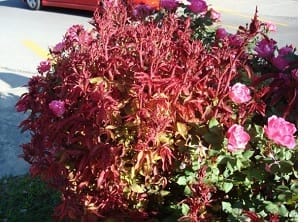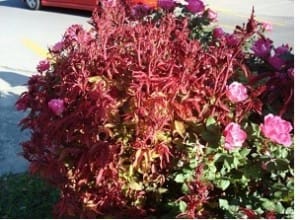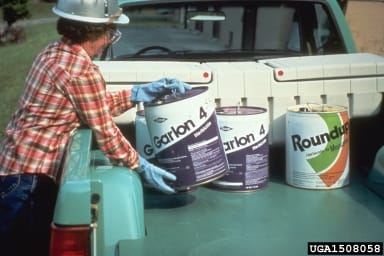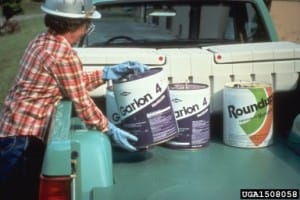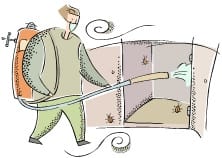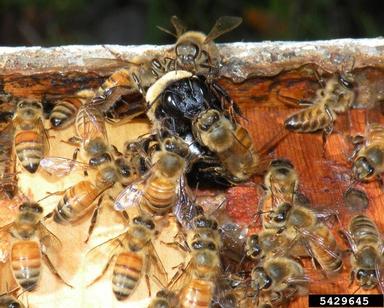Perennials are easy to grow, easy to propagate, and offer gardeners a fascinating variety of colors, forms and textures.
Armitage’s Herbaceous Perennials for the Sun is a self-paced, self-study online certificate program authored by the Dr. Allan Armitage, one of the world’s leading experts on and researchers of perennials. In this professional development course, you’ll learn the characteristics, propagation methods and optimal growing conditions of 20 species of sun perennials.
The course is online, so you can progress at your own pace, on your own schedule.
The course centers on Dr. Armitage’s textbook, Herbaceous Perennial Plants: A Treatise on their Identification, Culture, and Garden Attributes. Other resources include online access to the professor’s audio clips describing each plant’s history, propagation, flower structure, identifying characteristics, and pros and cons. You’ll assess your knowledge through self-tests, interactive exercises, and end-of-lesson quizzes that provide instant feedback.
Course Date:
- Enroll at any time
- For more details about the course, please view How it Works & Learning Objectives
Course Format: Online
Course Fee(s):
- $249 regular fee (US Funds)
- $199 association and partner rate
- $50 30-day extension (Only one extension is granted per participant.)
- Group Discounts are available for organizations registering 5 or more participants. For additional information about group enrollments, contact Pam Bracken at +1-706-542-3537.
Prices are listed per person.
Who Should Attend:
- Home garden enthusiasts
- Master Gardeners
- Commercial landscapers
- Nursery and garden center employees
Continuing Education Information:
Successful graduates will earn:
- 2.4 Continuing Education Units (CEUs) from the University of Georgia. Definition of CEU.
- A Certificate of Program Completion from the University of Georgia
Instructor:
This is a self-paced, self-study course. The course is authored by Dr. Allan Armitage. He is well known and highly acclaimed as a writer, speaker and researcher. He is recognized as a leader in introducing outstanding plant varieties to the industry. Before retiring from the University of Georgia, he ran the research gardens where new plant material from most of the flower breeders in the world is evaluated. The Trial Gardens at UGA are among the finest trial gardens in the nation. They are open to the public throughout the year.
For more information on Dr. Armitage view About the Course Author.
Prerequisite Courses: There are no prerequisites.
Textbooks Requirements:
- Required Textbook: Armitage, Allan M. Herbaceous Perennial Plants: A Treatise on their Identification, Culture, and Garden Attributes. 3rd Edition, Stipes Publishing. 2008. (ISBN 9781588747754). The required textbook must be ordered separately from your course enrollment.
- Suggested Textbook: Armitage, Allan M. Armitage’s Garden Perennials: A Color Encyclopedia. Timber Press. 2000. (ISBN 0881924350). This textbook is not required but will be an excellent resource for your personal library.
- Suggested Textbook Vendor: You may order these textbooks from any textbook vendor/supplier, online at this website, or at from MBSDirect at 1+1-573-446-5299 or +1-573 446-5254 or 1-800-325-3252 (U.S. only), or online.
Textbooks will be shipped independently of your online course access details, so you should allow extra time for their delivery.
Technical Requirements:
Throughout the online course you will encounter many images, maps, links to external websites, animated exercises, and audio/video clips. To take full advantage of all these features, you will need a Windows- or Macintosh-based computer with a browser and a Flash player. A fast Internet connection is highly recommended. View Technical Requirements for more details.
Downloadable Content


